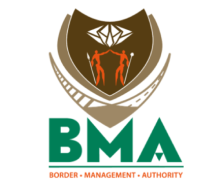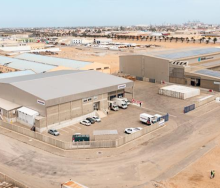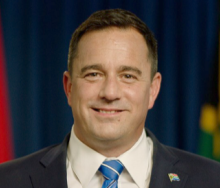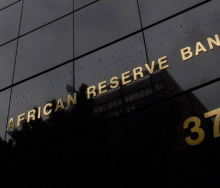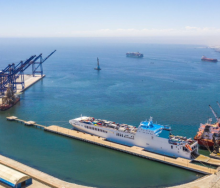Economists predict that the SA Reserve Bank’s (SARB) Monetary Policy Committee (MPC) will decide to keep the repo rate unchanged when it meets this week, citing the improved rand/dollar exchange rate, weakened industrial production and international monetary policy as factors.
The MPC meets for a final time this year from 21 to 23 November to deliberate on interest rates.
The committee will announce its decision on Thursday.
PwC SA’s economists said in a statement that they expect the central bank to hold the repo rate steady this week following its last meeting in September, when three MPC members voted to keep the repo rate at 8.25%, while two policymakers favoured an increase to 8.50%.
However, while the economists forecast that the interest rate has peaked, they believe it will only start declining in mid-2024.
Following the September MPC meeting, many economists were, by October, thinking policymakers would lift the repo rate by around 25 basis points in November.
The SARB noted in September that risks to the inflation outlook were to the upside, and many signs pointed to more upward pressure on consumer price inflation.
However, in recent weeks, a collection of developments and data releases have eased concern about inflation in the short term, while the outlook for economic growth has also deteriorated.
This includes the strengthening of the rand against major currencies. The rand ended September near R19.50/$ but appreciated to trade below R18.70/$ over the past two weeks.
The oil price has also softened, with Brent crude now trading below $78 a barrel (bbl) compared to above $82/bbl at the start of November, which should lead to another drop in fuel prices in December.
PwC South Africa chief economist, Lullu Krugel, said the stronger rand will reduce the cost of imported goods.
“Imported inflation was only 1.4% year-on-year (y-o-y) in August and 2.8% y-o-y when excluding fuel products. A favourable exchange rate position will further ease pressure on the cost of the country’s import basket heading towards the end of 2023,” Krugel said.
“Imported inflation contributes directly to headline consumer price inflation through goods that are sourced internationally, including fuel, appliances and motor vehicles.”
PwC South Africa senior economist, Christie Viljoen, said that while South Africa has received positive employment data and better-than-expected retail sales numbers over the past week, the overall outlook for the economy remained downbeat following recent disappointing mining and manufacturing production reports.
Statistics South Africa’s latest data showed that manufacturing output slumped by 4.3% y-o-y in September and mining production dipped by 1.9% y-o-y.
“This industrial data shows that local and international factors are weighing on the value and volume of factory goods produced and minerals extracted. This could result in the SARB lowering its economic growth expectations for 2023 and 2024,” Viljoen said.
Cooling inflation in the world’s largest economy will also likely result in the US Federal Reserve holding off on further interest rate hikes in the near-term, before easing monetary policy in 2024. And while the Reserve Bank does not directly track international lending rates in its policy decisions, the South African interest rate premium over advanced economies is an important aspect in the valuation of the rand, which impacts the nature of imported inflation.
In addition, core inflation declined to 4.5% y-o-y in September, hitting the midpoint of the bank’s 3-6% inflation target range.
The economists said these factors point to easing pressure on the local inflation and global interest rate forecast, alongside further pressure on the domestic economic growth outlook.
“PwC South Africa’s economists believe that following no change to interest rates in July and September, the SARB MPC will again hold steady in November, with the repo rate peak firmly in place. The next move in interest rates will be down: we expect this to happen around the middle of 2024.
“The next round of SARB forecasts will help economists to refine their predictions of when interest rates will start coming down and by how much. It is quite certain that the SARB will not be cutting the repo rate as deeply as it did during the Covid-19 crisis. At present, we believe the repo rate could ease by a cumulative 150 basis points between mid-2024 and end-2025.”


